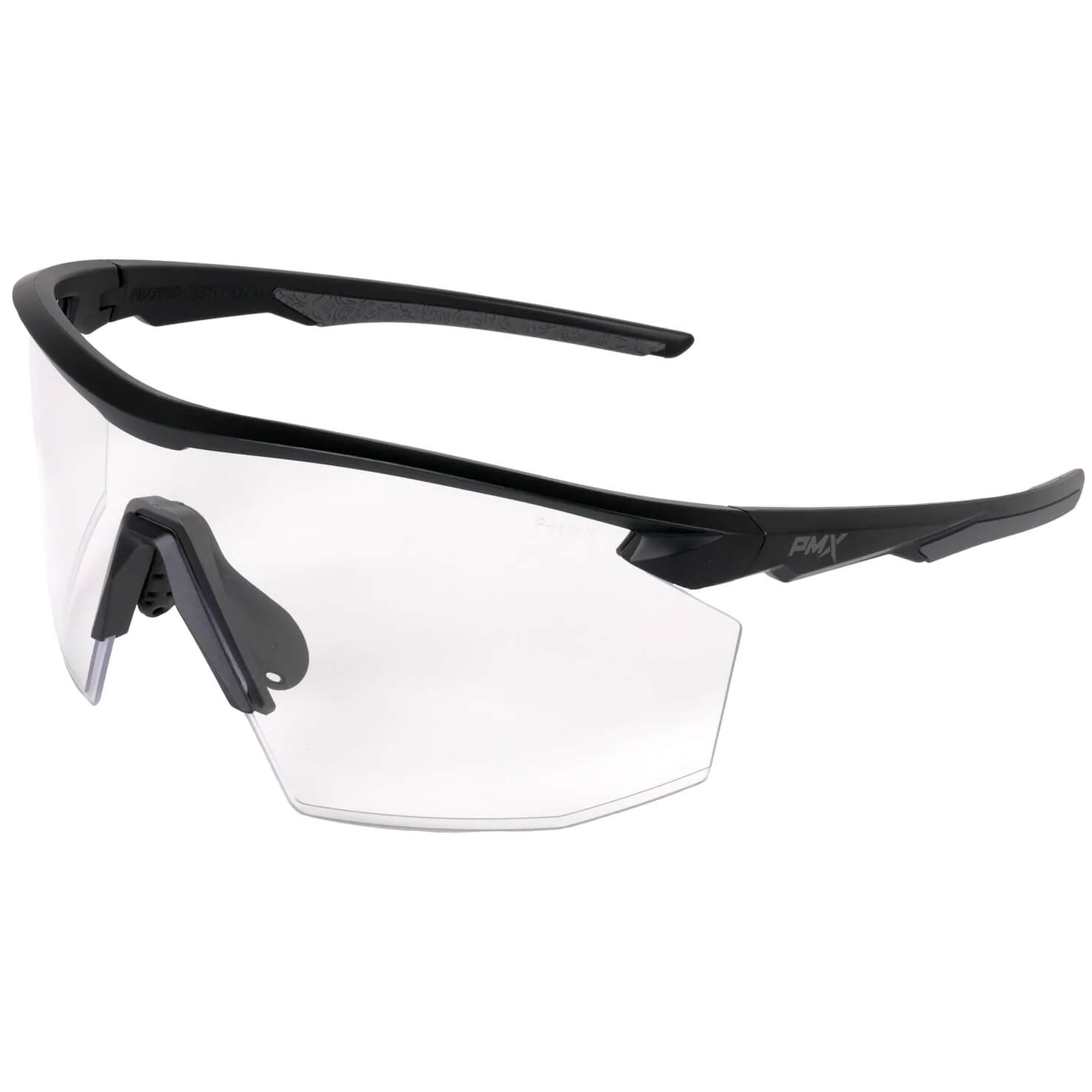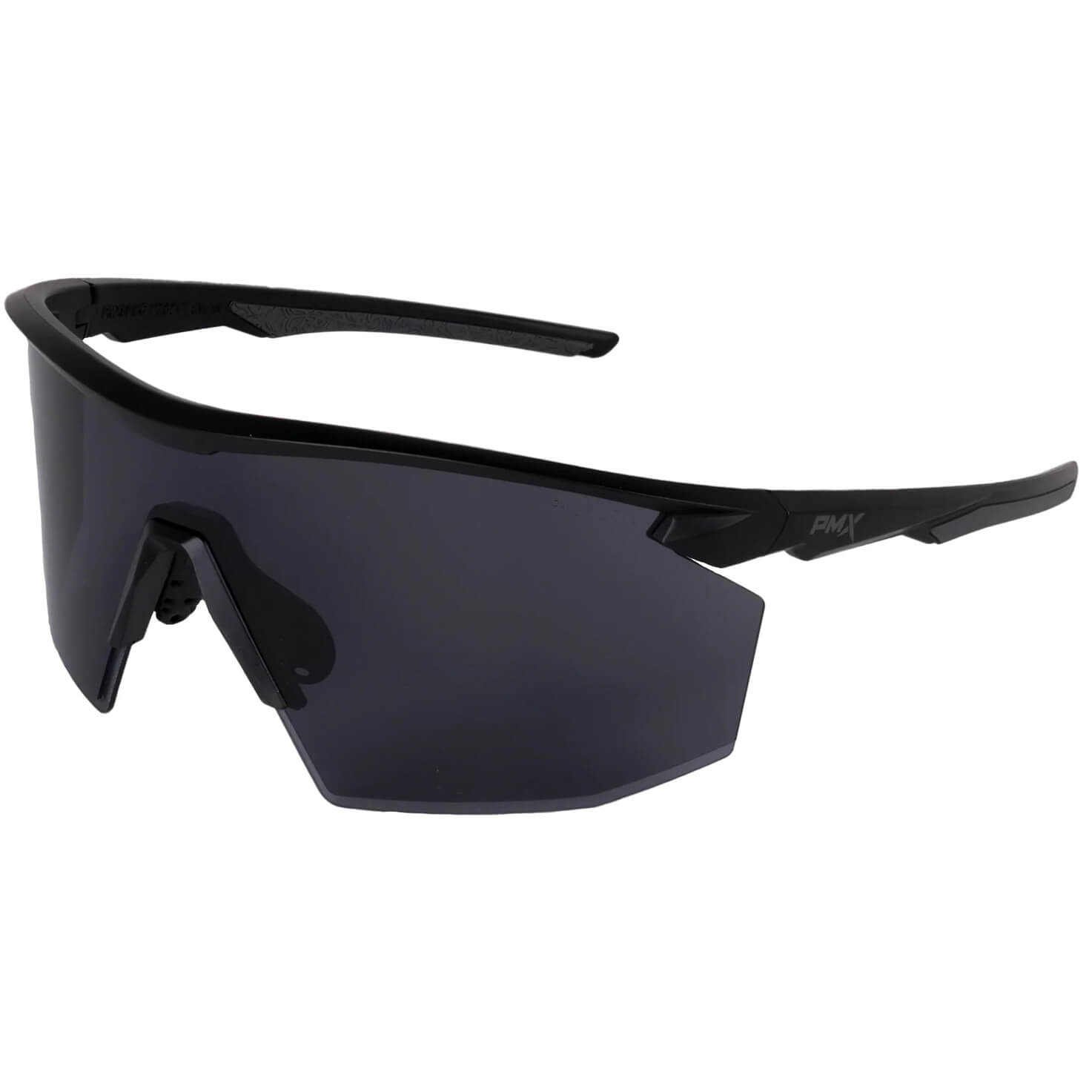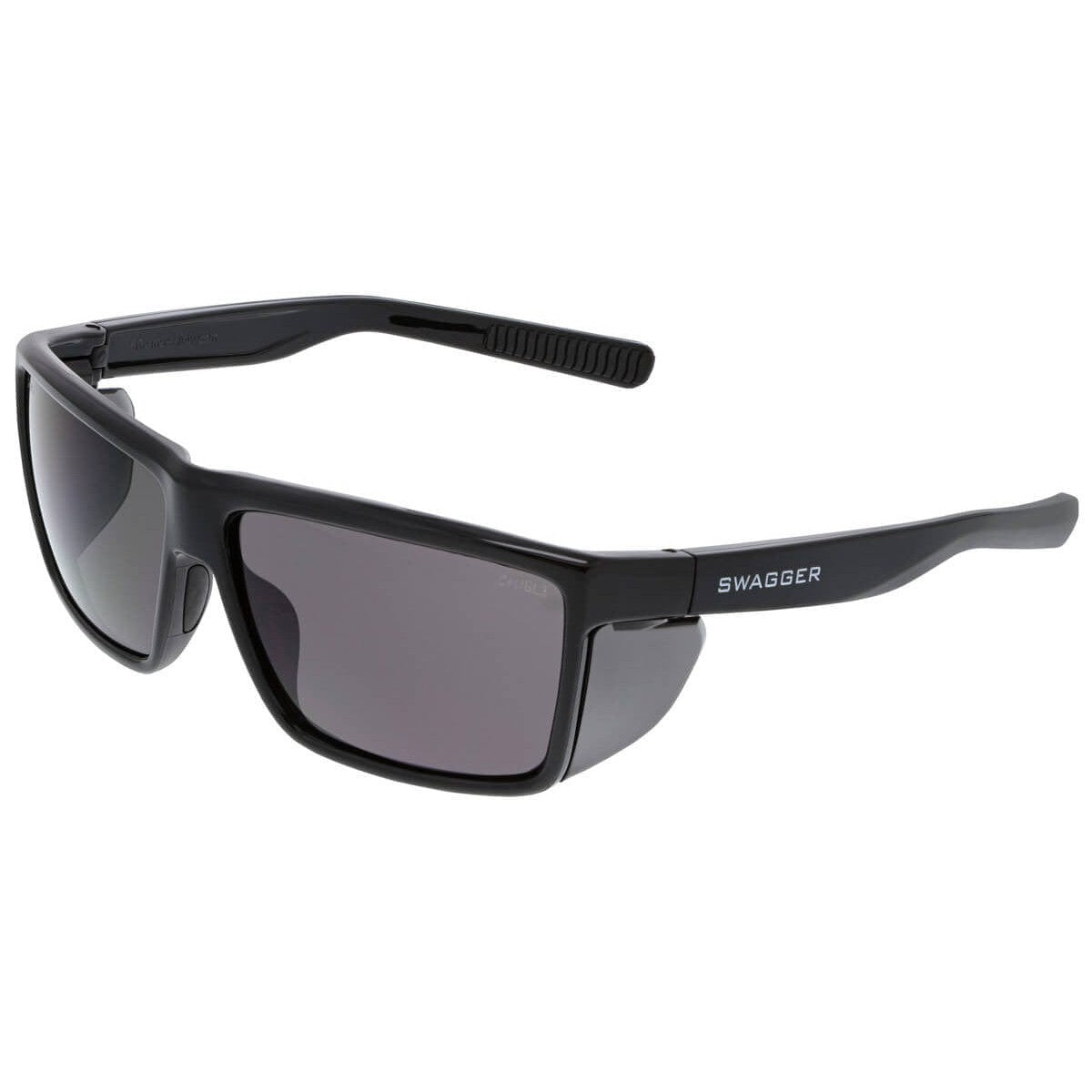Understanding Eye Strain
Just like muscles fatigue and strain through overuse during exercise, heavy lifting, and yard work, eye muscles can also fatigue and strain with overuse. Also, leg, back, and arm muscles need time to rest and recuperate after extensive use, and eye muscles also need time to rest.
You know when you strain your muscles, right? Similarly, there are clear signs to tell you when you are straining your eyes, too.
Signs of severe eye fatigue include:
- Sore eyes
- Trouble focusing, double vision, or blurred vision
- Dry or watery eyes
- Light sensitivity
- Neck, shoulder, and back pain
Fortunately, eye strain does not permanently damage the eyes or change their anatomy. It does, however, significantly impact productivity. In fact, up to 90% of computer workers experience eye strain, according to the Review of Optometry. In addition, digital devices may add to eye strain by causing individuals to blink less, resulting in tired, itchy, dry, and burning eyes.
Sources of muscle fatigue and strain are usually obvious. However, people often don't realize which activities are straining their eyes.
Common causes of eye strain include:
- Digital eye strain (i.e., computer vision syndrome) through the extended use of electronics like computers, cell phones, tablets, and televisions
- Extended periods of intense focus, such as when driving and reading
- Underlying eye conditions
- Exposure to extreme light exposure like bright lights, glare, and insufficient lighting
- Individual factors like stress level and posture
How to Prevent and Relieve Eye Strain
As with other types of muscle strain, there are many solutions for preventing and relieving the discomfort from eye fatigue and strain.
1. Get adequate sleep.
According to experts, getting enough sleep, about 6-8 hours, helps literally every part of your body, including your eyes. The Swagel Wootton Eye Institute experts explain that deep sleep allows your body to repair itself. For eyes, this means that…
During deep sleep, your eyes get rid of old proteins and cells. This allows new cells to grow and develop. Your tear ducks clean and renew your eyes during deep sleep. Tired, dried-out eyes become more vulnerable to infection and other issues. Also, you really do need your beauty sleep to prevent bags and hollow spots under the eyes.
2. Take short breaks.
Eye experts like the Mayo Clinic recommend the 20-20-20 rule for preventing eye fatigue. This involves taking a break every 20 minutes from any activity causing eye strain. During that break, look about 20 feet away for about 20 seconds.
3. Take extended breaks.
Even though short breaks can help, taking extended breaks is also essential for the health of your eyes. Get up, stretch, and take a walk. Prolonged concentration strains your eyes, and changing scenery and moving around can help relax your muscles and prevent eye fatigue. Oh, and don't forget about exercise too! It's a great way to relieve stress and simultaneously give your eyes some variety, not to mention the many other benefits it brings.
4. Change poor habits.
Consider changing the poor habits that cause your eyes to get tired and strained. For example, minimize screen time, make a point to blink more often enough, and vary your activities throughout the day.
5. Pay attention to ergonomics.
Simple ergonomic changes for reducing and preventing eye fatigue and strain include using a screen that tilts and swivels, an adjustable chair, and placing a document holder next to your computer screen. These adjustments not only help your eyes feel better, but they'll also likely ease the strain on your back and neck muscles too.
6. Adjust lighting and contrast.
Change lighting to reduce/avoid glare and reflection, and adjust your desk to prevent glare from natural light through windows. Glare filters over computer screens can also help. Also, cleaning smudges from computer screens, lenses, and windows improves visibility and thus prevents eye strain.
7. Consider alternative approaches.
Consider learning palming, massaging your eyes properly, and other exercises to help relieve eye strain. Other approaches include using artificial tears and resting eyes in complete darkness. You may also want to try occupational glasses like computer safety glasses to increase contrast perception and filter out glare and reflective light.

8. Visit your doctor.
If you have chronic eye fatigue or eye pain, a visit to your doctor may be needed. Also, keeping prescription lenses up to date by getting an eye exam regularly is a great way to reduce eye fatigue since improper lens strength can cause you to squint, which can add to eye strain.
Find out more about Preventing Eye Strain
Even though eye strain does not permanently damage the eyes, it still affects individual productivity. Even worse, though, is the impaired vision that can create safety issues with more permanent consequences.
For your comfort and safety and potentially that of others, decide on a few minor changes you can make today to prevent your eyes from getting overly tired and strained. Chances are good that no one method for reducing eye strain will provide complete and permanent relief. However, combining the above suggestions, an eye rest and care routine can help prevent, reduce, and relieve your eye fatigue long-term.
Educate yourself on specific situations relevant to you to prevent and reduce eye fatigue and strain.









